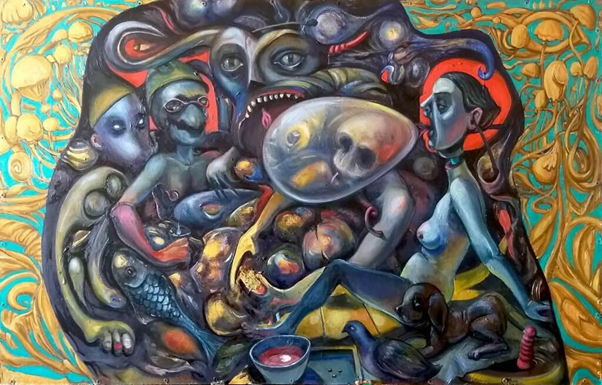Art is invaluable to human life, making it richer, deeper, and more meaningful. It entertains and inspires, and helps people better understand themselves and the world around them. The Avant Gallery presents various creative results from different parts of the world directly related to painting, music, literature, dance, or cinema. The passion for art develops emotional belonging, culture, intellectual ability, and social connections in us.
Today, most art lovers are faced with the rapid development of art. Expositions are now divided into two parts, presenting contemporary art and traditional art. What is so special and unique in each? What attracts the older generation and excites the minds of young people? Let’s analyze it in detail in our article.
Traditional art: what it is and its features
Most lovers of aesthetic creativity prefer the traditional version of its execution. The classics still do not lose their relevance. Here, we means an living history, conveying of the values, culture, and meaning of life of the time. Key features:
- use of ancient techniques, materials, and tools;
- presence of symbolism and ritual meaning;
- adherence to national motifs and plots;
- originality;
Traditional art objects were usually made in a single copy. However, the whole story is behind them and the creator’s intention. Thanks to such results of creative activity, people can understand in more detail the culture, life principles, and other aspects of the past time. Preserving and promoting it is one of the most critical tasks of modern society.
If we talk about traditional modern and contemporary art, they are a symbiosis of the two times. They combine elements of classical crafts with innovations, interpretations, and modernism. Recently, this direction has become widespread, thanks to universal authenticity, access to technology, and all kinds of modern trends.
Contemporary art: the meaning of creation and key features
As we know, this direction of the art industry is not clear to everyone. Many consider it strange, peculiar and difficult to think about. However, everything is much simpler than it seems. It is not just bright colors, irregular shapes and going beyond the limits of the possible, but a phenomenon of the present time, which reflects the contradictions of the world and the meaningfulness of the mission of each of us. Key features:
- abstraction;
- installation;
- multimedia;
- audience participation in the production;
- concept above aesthetics.
All of the above criteria are the basis for realizing the peculiarities of each direction and the difference between contemporary and traditional art. The main task of modern art is to express the artists’ point of view, bring aesthetic pleasure to the beholder, and satisfy the human need for beauty
6 main differences between art of the past and present time
Two large and broad artistic movements undoubtedly shape social interaction and cultural values. If we speak of the former, in contrast to the conservative one, the following are used:
- expositions of the post-1960s period;
- a different methodology for creating works using new forms, techniques and materials;
- the artist’s emphasis on self-expression;
- the search for new images;
- the destruction of boundaries with the real world;
- lack of harmony, and grace.
This is the main idea of the difference between traditional and contemporary art. The lovers of real works can easily distinguish between the two, as innovative ideas that defy tradition become more remarkable and make the observer think about the norms and perceptions of the real world.
Final thoughts
Despite this significant difference between the two eras of cultural industries, there is a generalization in them. Both types are characterized by emotionality and expressiveness. They are also used to convey messages to the masses. Distinguishing between the two is to appreciate and experience the wide range of emotional belonging and the never-ending evolution of self-expression through creativity.
































